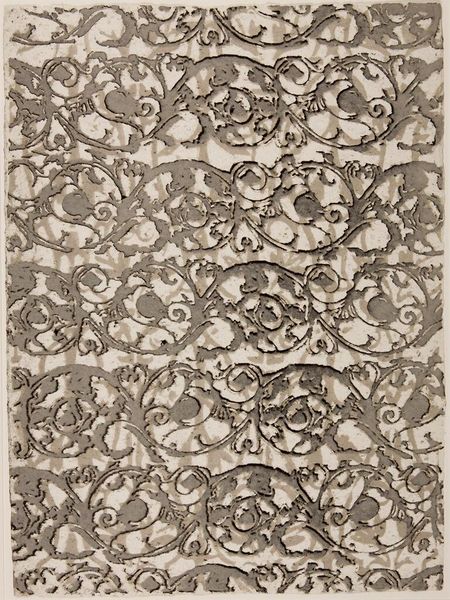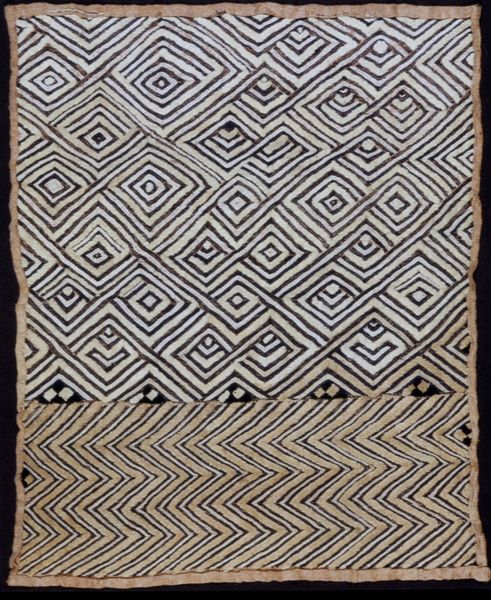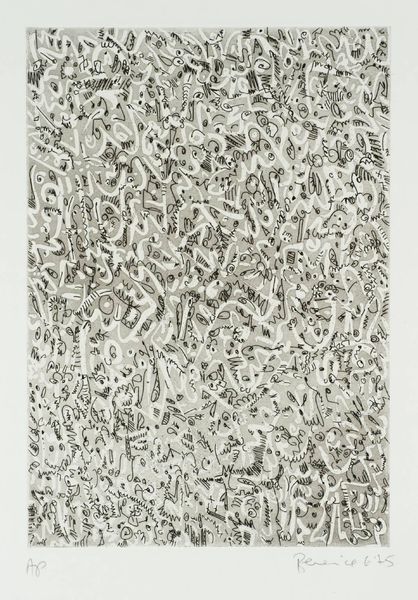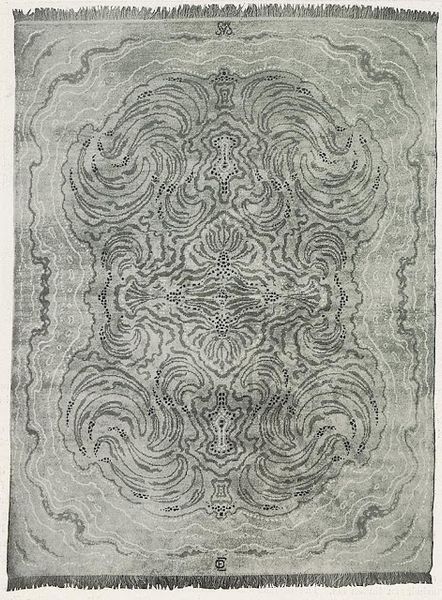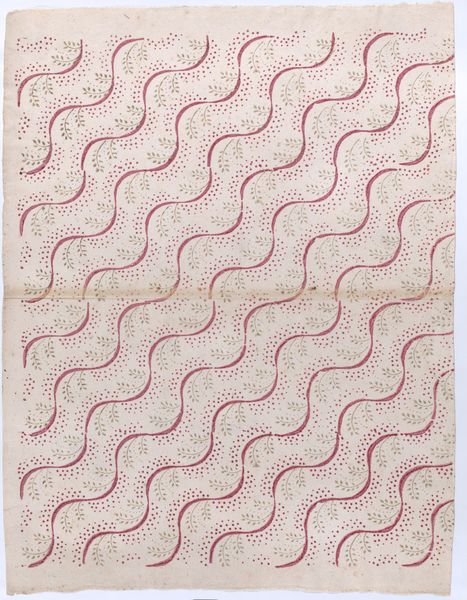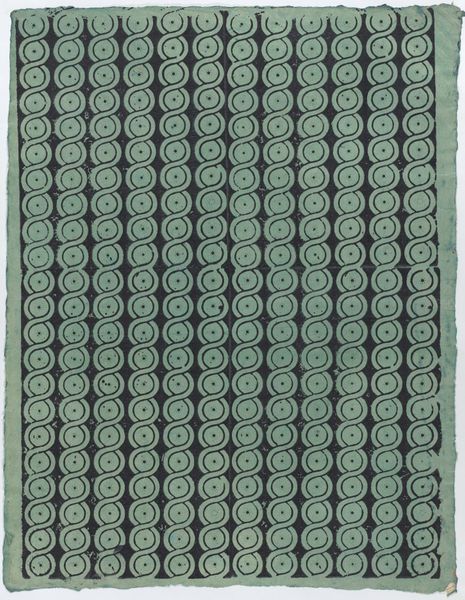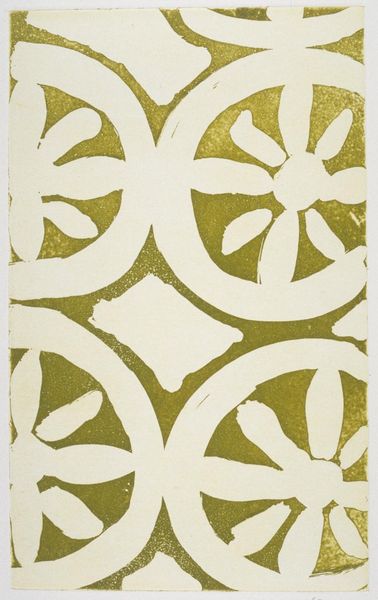
acrylic-paint
#
non-objective-art
#
constructivism
#
acrylic-paint
#
geometric
#
abstraction
#
line
Copyright: Public domain Belarus
Wladyslaw Strzeminski made this Unistic Composition to explore a theory of art based on pure visual unity. It’s easy to get lost in this piece. At first it looks like one homogenous grey field. But when you get up close, you see a complex network of raised lines. It’s almost topographical. The lines have an organic feel to them, like paths in a garden, or maybe waterways on a map. Each line is subtly different, with its own rhythm and flow. It’s like a dance across the surface. The texture creates a play of light and shadow, which gives the piece a tactile quality. I can imagine running my fingers across it, feeling the ridges and grooves. The limited palette adds to the meditative quality of the work. It invites you to slow down and really look. Strzeminski was a contemporary of Mondrian, and you can feel some of that same impulse towards simplification and abstraction. But unlike Mondrian's hard edges and primary colors, Strzeminski goes for something more fluid and sensual. It’s a good reminder that abstraction can take many forms.
Comments
No comments
Be the first to comment and join the conversation on the ultimate creative platform.
